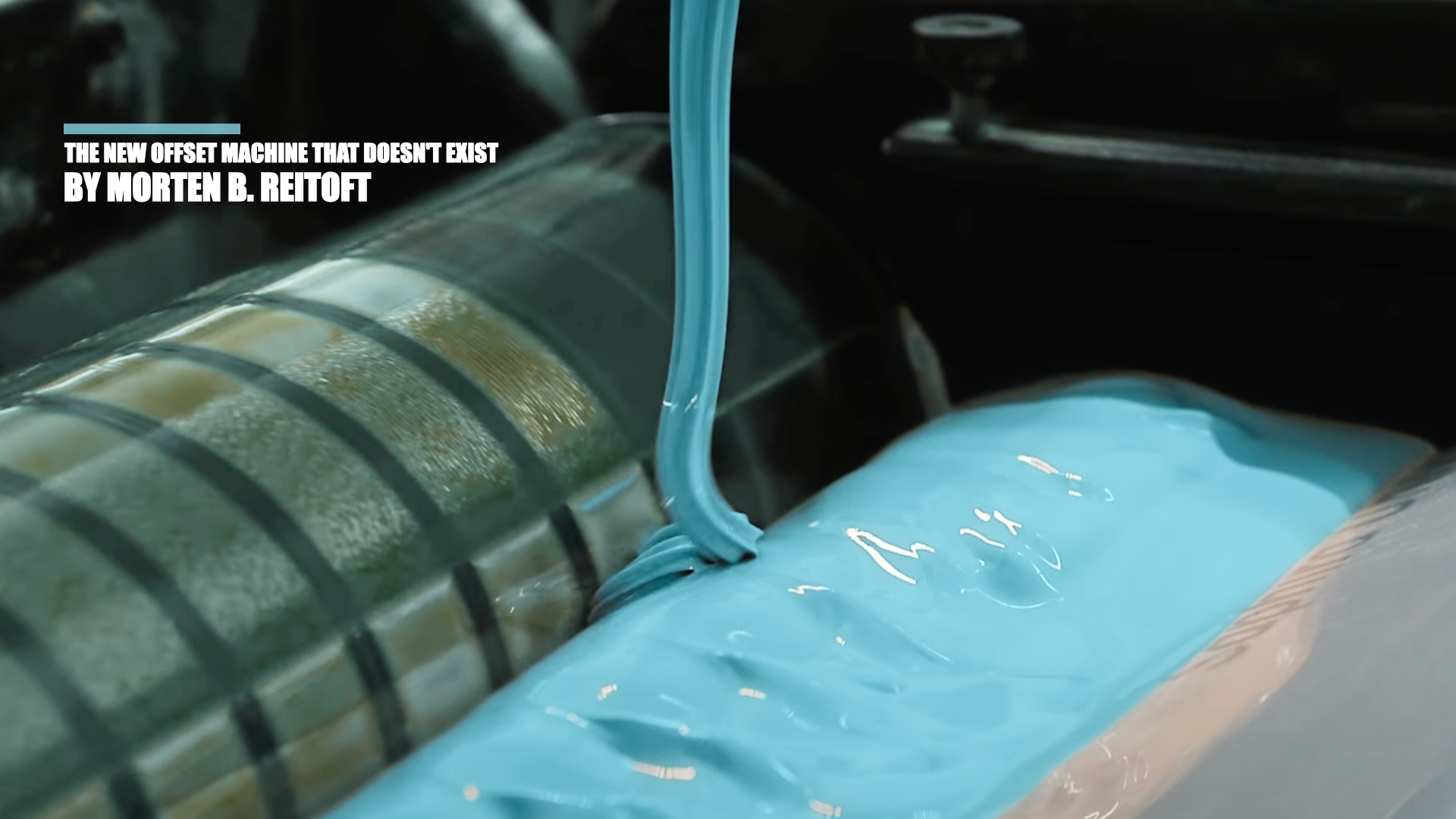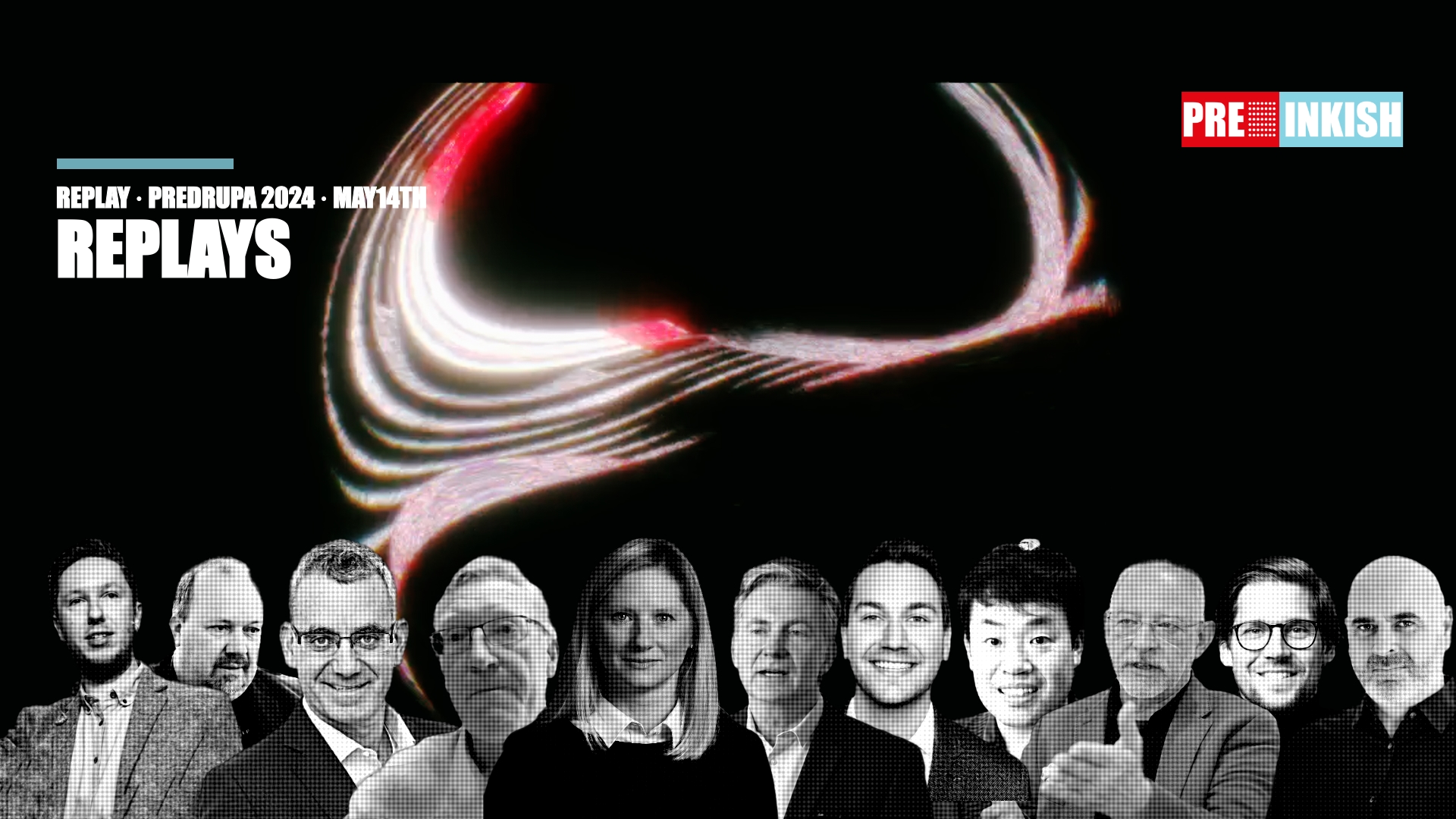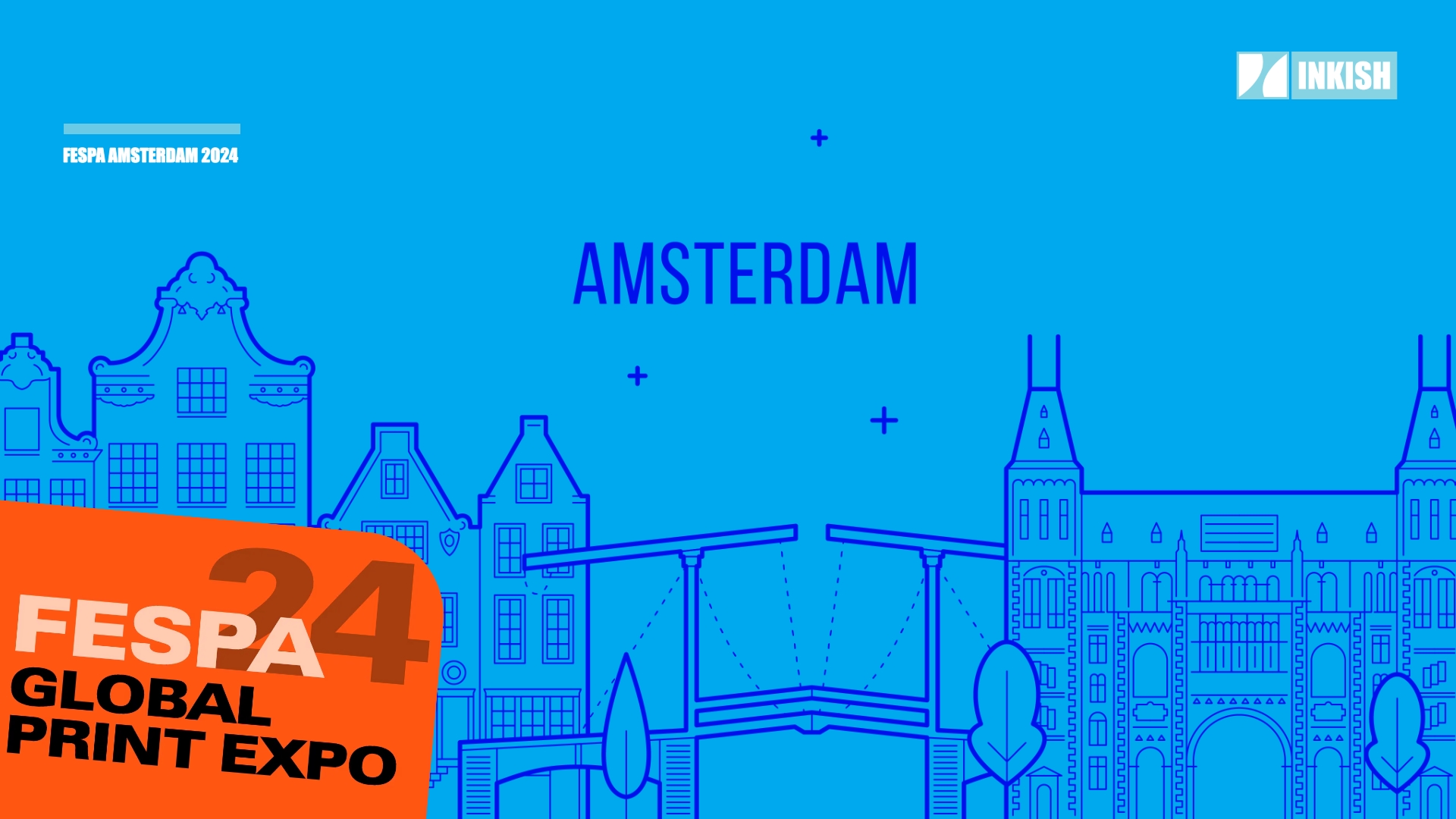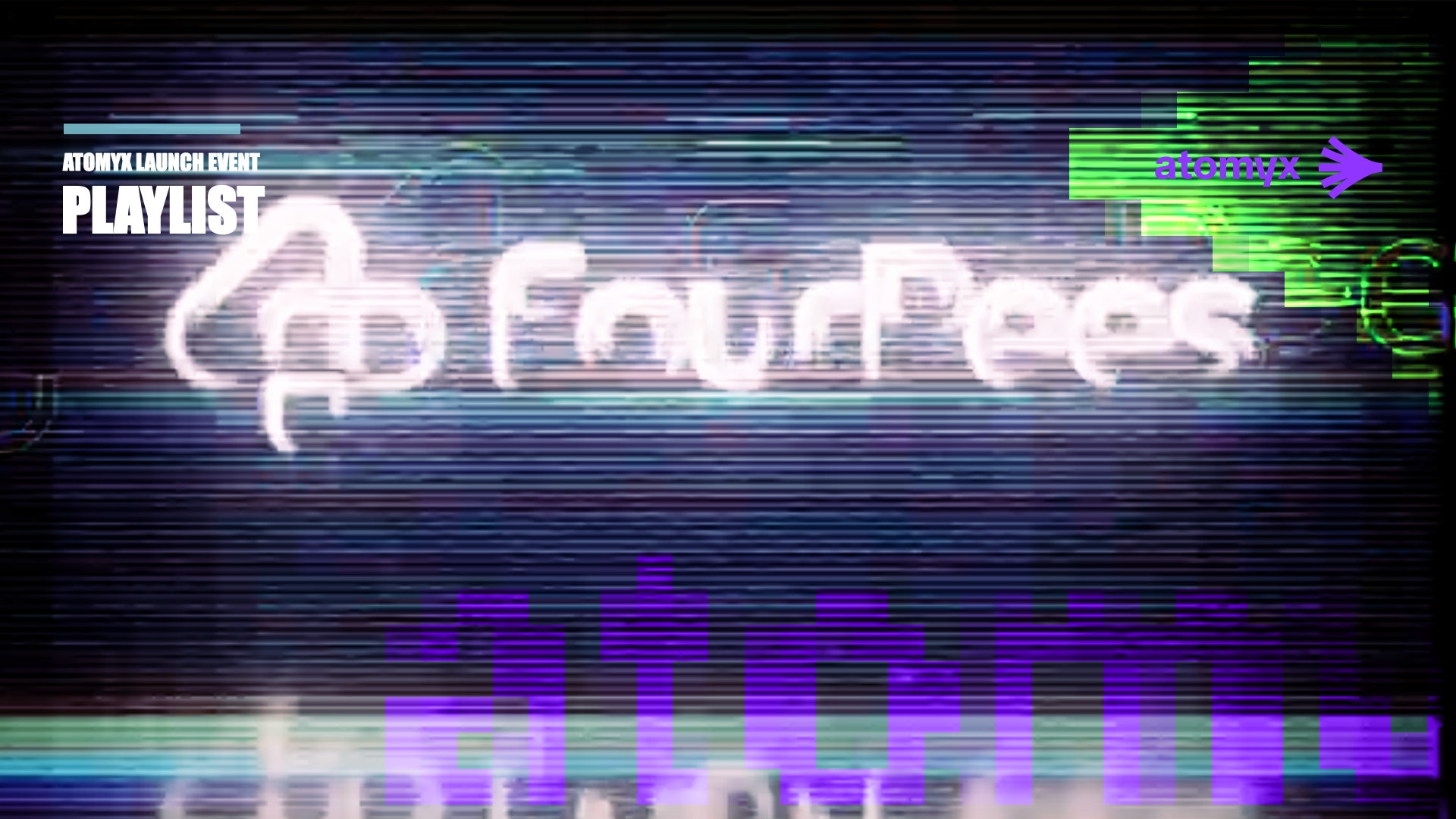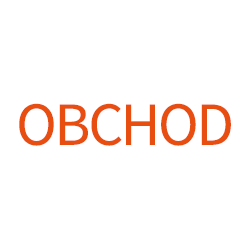Slovakia (/sloʊˈvækiə, –ˈvɑːk-/ (![]() listen);[7][8] Slovak: Slovensko [ˈslɔʋɛnskɔ] (
listen);[7][8] Slovak: Slovensko [ˈslɔʋɛnskɔ] (![]() listen)), officially the Slovak Republic (Slovak: Slovenská republika,
listen)), officially the Slovak Republic (Slovak: Slovenská republika, ![]() listen (help·info)),[9] is a landlocked country in Central Europe.[10][11] It is bordered by Poland to the north, Ukraine to the east, Hungary to the south, Austria to the southwest, and the Czech Republic to the northwest. Slovakia’s territory spans about 49,000 square kilometres (19,000 sq mi) and is mostly mountainous. The population is over 5.6 million and consists mostly of Slovaks. The capital and largest city is Bratislava, and the second-largest city is Košice. The official language is Slovak.
listen (help·info)),[9] is a landlocked country in Central Europe.[10][11] It is bordered by Poland to the north, Ukraine to the east, Hungary to the south, Austria to the southwest, and the Czech Republic to the northwest. Slovakia’s territory spans about 49,000 square kilometres (19,000 sq mi) and is mostly mountainous. The population is over 5.6 million and consists mostly of Slovaks. The capital and largest city is Bratislava, and the second-largest city is Košice. The official language is Slovak.
The Slavs arrived in the territory of present-day Slovakia in the 5th and 6th centuries. In the 7th century they played a significant role in the creation of Samo’s Empire and in the 9th century established the Principality of Nitra, which was later conquered by the Principality of Moravia to establish Great Moravia. In the 10th century, after the dissolution of Great Moravia, the territory was integrated into the Principality of Hungary, which would become the Kingdom of Hungary in 1000.[12] In 1241 and 1242, much of the territory was destroyed by the Mongols during their invasion of Central and Eastern Europe. The area was recovered largely thanks to Béla IV of Hungary who also settled Germans who became an important ethnic group in the area, especially in what are today parts of central and eastern Slovakia.[13] After World War I and the dissolution of the Austro-Hungarian Empire, the Czechoslovak National Council established Czechoslovakia (1918–1939). A separate (First) Slovak Republic (1939–1945) existed during World War II as a totalitarian, clero-fascistone-party client state of Nazi Germany. At the end of World War II, Czechoslovakia was re-established as an independent country. After a coup in 1948 Czechoslovakia became a totalitarian one-party socialist state under a communist administration, during which the country was part of the Soviet led Eastern Bloc. Attempts to liberalize communism in Czechoslovakia culminated in the Prague Spring, which was crushed by the Warsaw Pact invasion of Czechoslovakia in August 1968. In 1989, the Velvet Revolution ended the Communist rule in Czechoslovakia peacefully. Slovakia became an independent state on 1 January 1993 after the peaceful dissolution of Czechoslovakia, sometimes known as the Velvet Divorce.
Slovakia is a high-income advanced economy[14][15] with a very high Human Development Index,[16][17] a very high standard of living and performs favourably in measurements of civil liberties, press freedom, internet freedom, democratic governance and peacefulness. The country maintains a combination of a market economy with a comprehensive social security system. Citizens of Slovakia are provided with universal health care, free education and one of the longest paid parental leaves in the OECD.[18] The country joined the European Union on 1 May 2004 and joined the Eurozone on 1 January 2009.[19] Slovakia is also a member of the Schengen Area, NATO, the United Nations, the OECD, the WTO, CERN, the OSCE, the Council of Europe and the Visegrád Group. As part of Eurozone, Slovak legal tender is the euro, the world’s 2nd-most-traded currency. Slovakia is the world’s largest per-capita car producer with a total of 1,110,000 cars manufactured in the country in 2019 alone[20] and the 5th largest car producer in the European Union, representing 43% of Slovakia’s total industrial output.
Photo Credits
Photo by Marek Levák on Unsplash
Photo by 🧔 Michal Kmeť on Unsplash
Photo by Martin Katler on Unsplash





